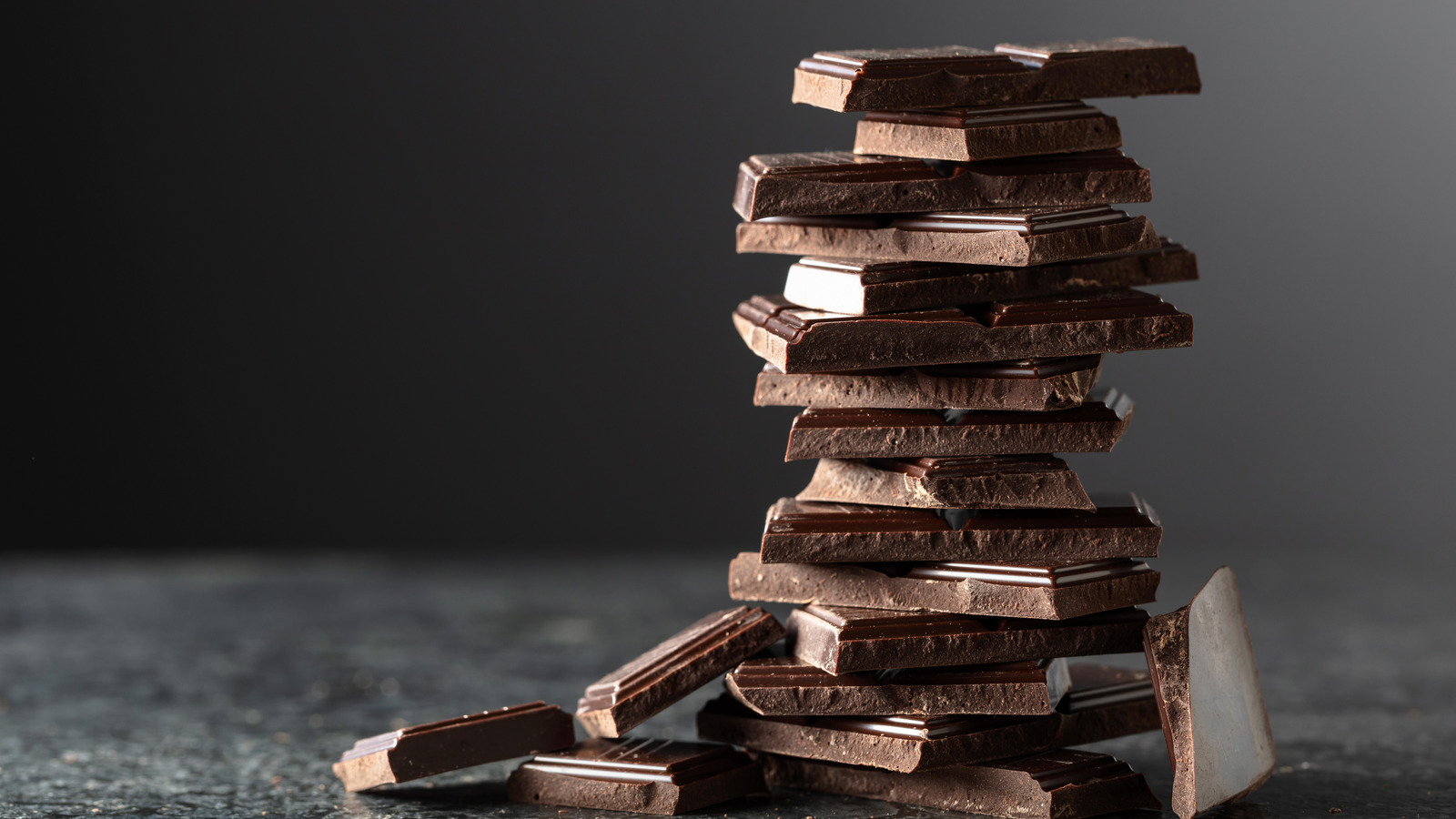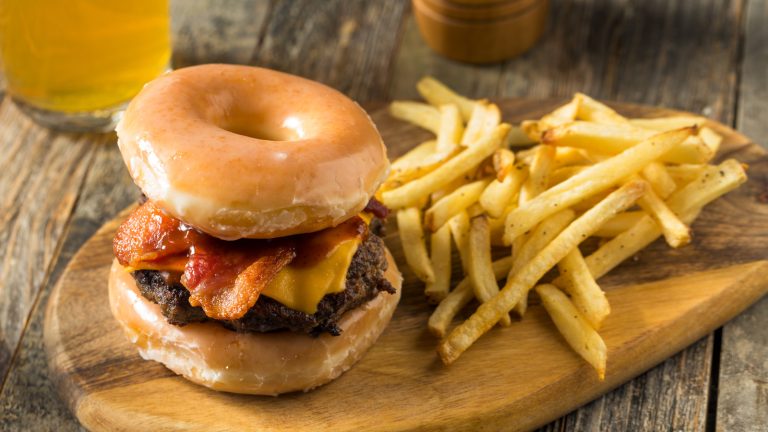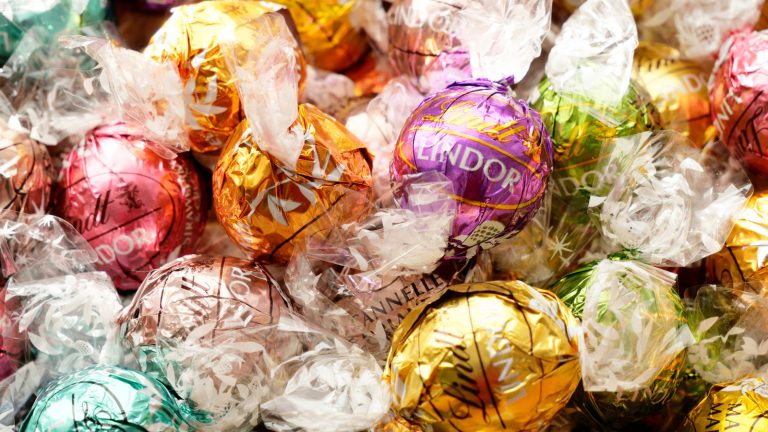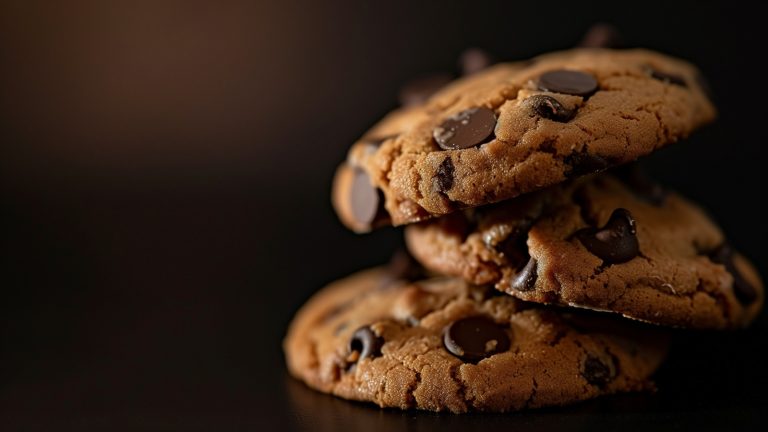It is said that things like pizza (along with some of life’s zestier pleasures), still taste pretty good even when they’re bad. Regardless of how intensely one may be in disagreement, the sentiment is plausibly sound. How “bad” can something so universally beloved, or at least respected, ever really be? Dark chocolate, which has fewer quality obscuring additives than other varieties (an award-winning dark chocolate said to be the best in the world, in fact, has only two ingredients), defies that pleasant platitude more than most foodstuffs. Due to its necessarily higher cocoa solid requirement (a 35% floor versus milk chocolate’s 10%), there’s literally less room for adulteration via things like artificial ingredients that can give bad dark chocolate a gritty, unpleasant texture, and a notably chemical flavor. High quality dark chocolate, on the other hand, will feel smooth and silky on the palate and have a complex bouquet of aromas and flavors (much like a quality wine has).
One blatant sign of lower quality dark chocolate is obviously a cheaper price tag, but taste, texture, and finish are more true keys to detecting a dark chocolate’s quality. Nobody expects drugstore candy to match the ingredient sourcing and craftsmanship of a more expensive brand. But a good old store-bought dark chocolate can be just as excellent as a costlier variety, plus labels can sometimes be misleading. So, you should also look beyond branding and consider how a dark chocolate actually performs in your own personal quality control tests.
Wax off: further identifying the best, and worst, dark chocolates
At first crack, dark chocolate should smell like, well, dark chocolate. Some people will detect a nuttier bouquet, others will pick up on fruitier elements, and most will note a kind of sweet, pleasant bitterness. This can also vary by maker or even batch, but the aroma should be absent those obviously artificial undertones.
Speaking of first crack, dark chocolate should also snap when produced in bar or square form. Imagine you’re breaking off a bit right now. Would you rather that bite sized morsel limply bent apart, or clicked away in satisfying fashion? The latter, of course; crisp, smooth lines signal a superior dark chocolate, versus something that yields to a crumble. That snap indicates that the dark chocolate has been tempered (essentially, heated and cooled) properly by folks who know what they’re doing. Even home cooks who have finally figured out how to easily fix seized chocolate will understand the skill required.
That all builds to dark chocolate’s ideal taste. A good dark chocolate’s fragrance, like most foods, should serve as a kind of amuse-bouche for its flavor, which then expands on the palate. What seemed nutty or fruity before should now begin melting to an even greater intensity, the bitter sweetness fully realized. Fine dark chocolate won’t overstay its welcome, either. An inferior product will create a waxy mouthfeel, usually due to cheaper ingredients. The best dark chocolate’s silkiness keeps you coming back for more, rather than lingering around for a filmy remembrance.






